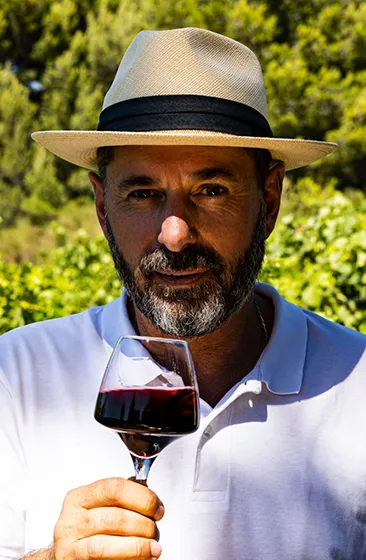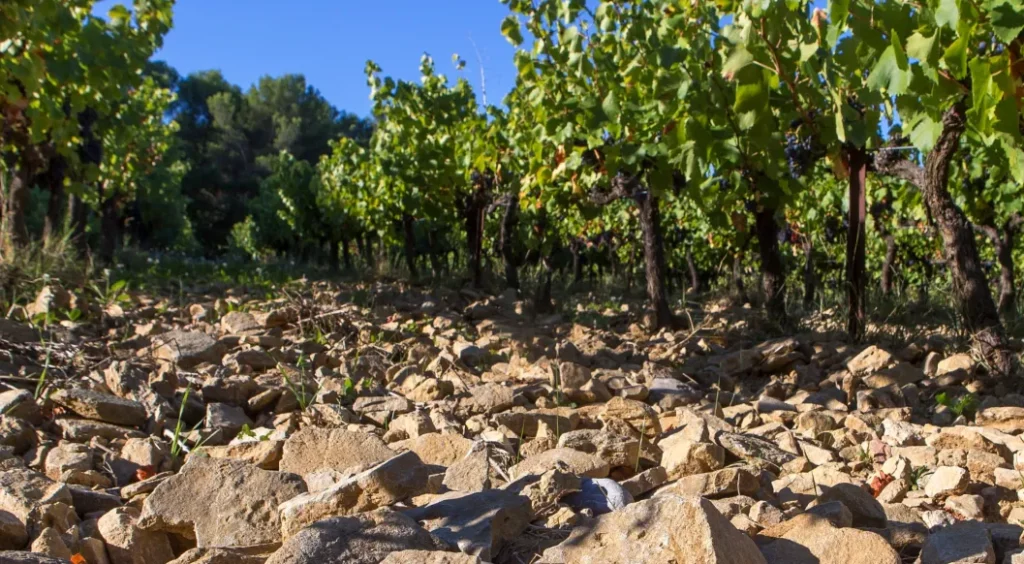For a winemaker, harvest is the defining moment of the year. Weeks of intense work that will decide the quality of the vintage and either reward or challenge an entire season’s efforts. In this short, high-stakes window, nothing can be left to chance. Every action counts, from the first snip of the secateurs to the moment the grapes reach the cellar. Which is why preparation is key. It is the only way to ensure the fruit is picked at its peak and reaches the cellar in ideal condition for vinification.
Here is what it takes to get it right…
Why is preparing for harvest one of the defining moments of the year?
Harvest is a real race against time. Once the start date is set, everything has to flow smoothly to pick the grapes at the right pace and keep the vintage consistent from the first cluster to the last. That is where early planning makes all the difference. Without rigorous preparation, you are opening the door to trouble: not enough hands in the vineyard, delays piling up, or even damaged fruit if the weather turns or the harvest drags on. In the cellar, preparation is just as critical. The goal is simple. Receive the grapes in perfect condition and begin vinification without losing a minute. That means a deep summer clean, a full equipment check, and teams ready to spring into action. Nothing can be left to chance.
How do you get a vineyard ready for harvest?
The success of a vintage is decided long before the first snip of the secateurs. So how do you stack the odds in your favour and make sure the harvest lives up to a year’s worth of hard work?
Let’s take a closer look at a few best practices.
Check the grapes for ripeness
Technically, harvest begins long before the first bunch is picked. The first task is to keep a close eye on how the grapes are ripening. That means running precise analyses of sugar levels, acidity, and pH. These are all key indicators that help pinpoint the right moment to start picking. However, numbers alone are not enough. Tasting the berries is just as important. It is the only way to assess what is known as phenolic maturity, which is about judging tannin quality, texture, flavour and aromas. The seeds need to be ripe, the skins supple. This is where much of the future wine’s structure is decided.
Get the harvest equipment ready
Harvest is part vineyard, part cellar, and all about having the right gear ready to go. The lead-up is the time to put every piece of equipment to the test, so when picking begins, there are no breakdowns slowing things down. Even with hand-picking, as is often the case at Xavier Vignon, nothing should be left to the last minute. You need enough crates for the fruit, secateurs that slice cleanly through every stem, and a small buffer for those inevitable surprises. Smooth harvests are never an accident.
Organise the harvest team
The next step, and not the easiest, is finding the right crew of pickers. Skilled hands with a pair of secateurs are becoming harder to come by, which makes it essential to anticipate your needs, secure the right headcount, and lock in the schedule well in advance. Winemakers should plan for rotations, schedule regular breaks, and make sure everyone has the right gear: gloves, boots, and protective glasses. Safety and comfort should always come first. They are often what keeps a team motivated and loyal, rather than disappearing after just a few days.
Logistics: Transport and reception of the grapes
It may seem obvious, yet it is often overlooked: logistics are a vital link in the harvest chain and should be planned as early as possible. Once the grapes are cut, they need to be moved quickly and in the right conditions to the cellar. Everything must be ready. Clean bins, tractors in good working order, transport equipment checked. Every minute counts, because grape freshness is fragile and rising temperatures can trigger fermentation too soon. In the cellar, the reception process needs just as much attention. Each batch must be recorded, weighed, and checked to guarantee full traceability. Temperature control from the moment the grapes arrive is essential to preserve the quality of the fruit. Once again, success is in the details.
Cleaning and sanitising the equipment
Before a single grape reaches the cellar, everything has to be spotless. This is not just tidying up for show. It is what keeps unwanted micro-organisms from spoiling the wine before it has even begun to take shape. We are talking about a deep clean of every tank, pump, hose and filter. Anything that will touch the grapes or the juice needs attention. Even a trace of residue, too small to see, can change the aromas or throw fermentation off balance. Winemakers use products designed specifically for the world of wine and check each piece of equipment with care before the first press. It is the kind of work no one notices when it is done well, yet it is one of the quiet secrets behind a great bottle.
Keeping an eye on the weather
Weather is the wild card of harvest. The good news is that winemakers now have better tools than ever to track it closely and prepare for any change that might affect the quality of the grapes. If a storm is on the way, sometimes the only option is to pick in a hurry, just before the first drops, to stop the rain from damaging the fruit. In the opposite situation, when the heat is intense, picking starts at dawn. This keeps the grapes cool and prevents them from beginning to ferment too soon while sitting in the bins under the sun.
Stocking up on winemaking essentials
Behind every wine is a set of oenological products that need to be on hand at the right time. Yeasts, enzymes and sulphur are used in measured amounts to guide fermentation, protect the wine and ensure its stability. To avoid running out in the middle of vinification, these products need to be ordered and ready well before harvest begins.
Why good preparation matters
By now, you know that harvest is not just about picking grapes. It is months of groundwork coming together. Timing the pick to perfection, having equipment ready to roll, keeping teams organised and in sync… Every detail matters. This is what turns promising grapes into a wine worth remembering.
And if you want proof of what careful preparation can do, the easiest way is to taste one of our Xavier Vignon wines. Each one tells the story of that attention to detail, from the vine to the very last drop in your glass.
See you soon!



